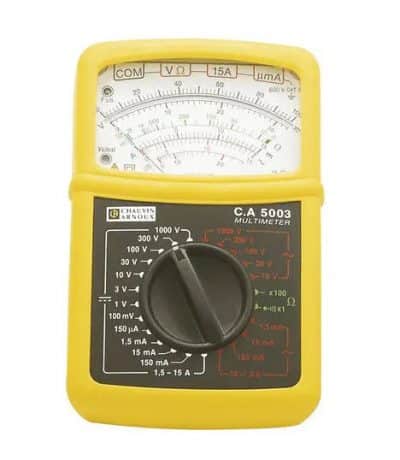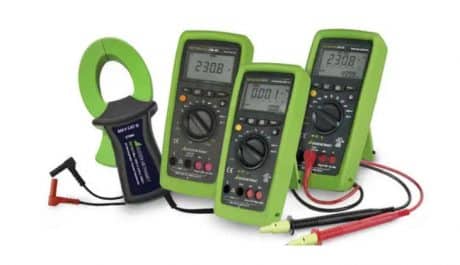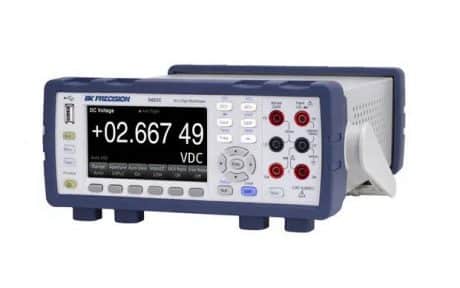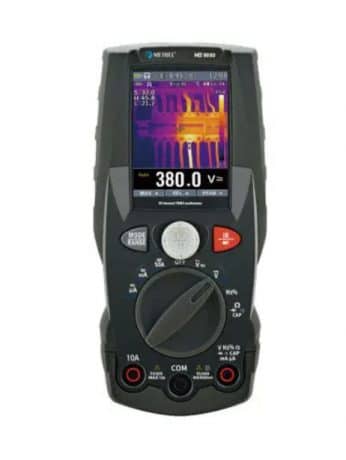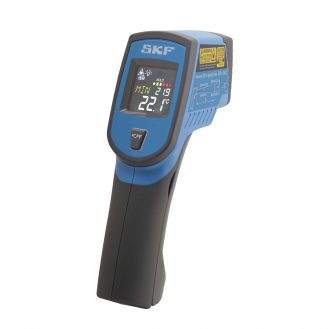A multimeter is a device used for measuring electrical values. It combines the functions of several types of measuring devices in a single device, hence the “multi” in its name.
Multimeters are extremely versatile and are used in the electronic, electrical, construction, and automotive industries, among others.
The first multimeters were analog, with measurements indicated by a needle on a dial, but today this technology has all but disappeared in favor of digital multimeters.
At a minimum, multimeters combine the functions of a voltmeter, ammeter, and ohmmeter, but many models incorporate additional functions for specific applications (e.g. other electrical measurements, temperature measurements, thermal imaging, etc.).
Your choice of multimeter will often be based on the measurement functions it offers, its configuration (benchtop or handheld), and its technical characteristics (accuracy, safety rating, etc.).

